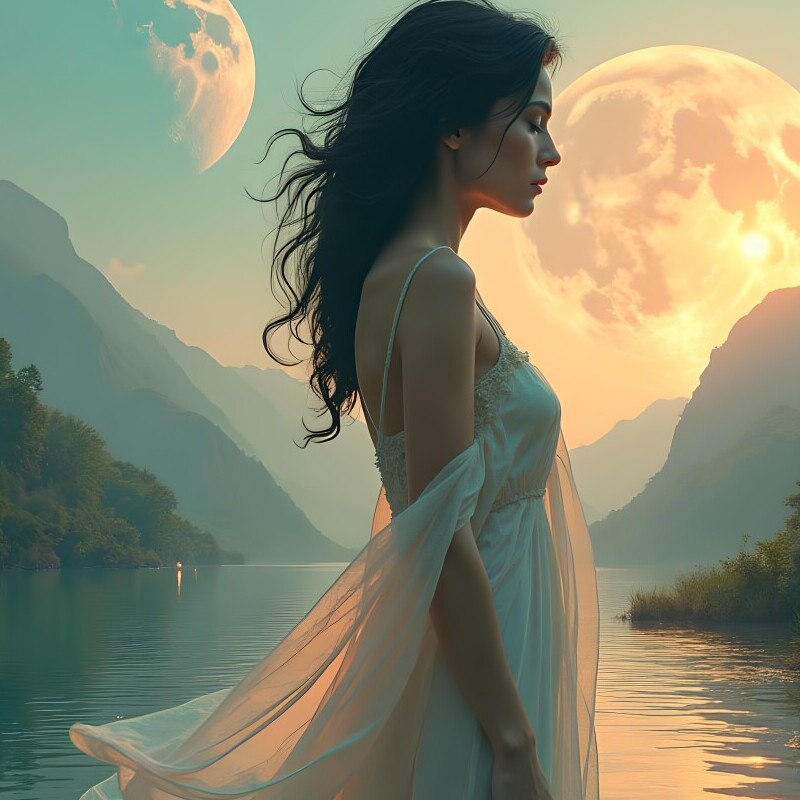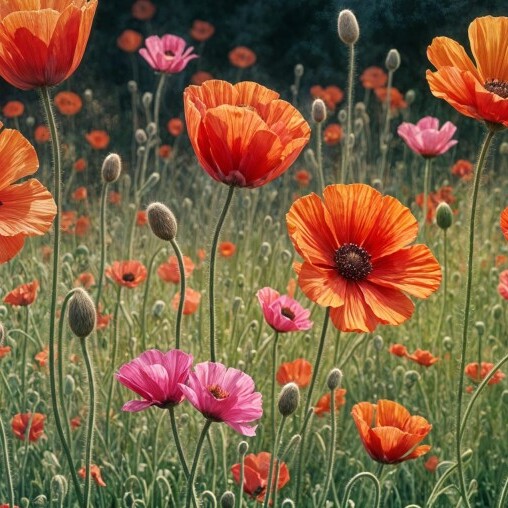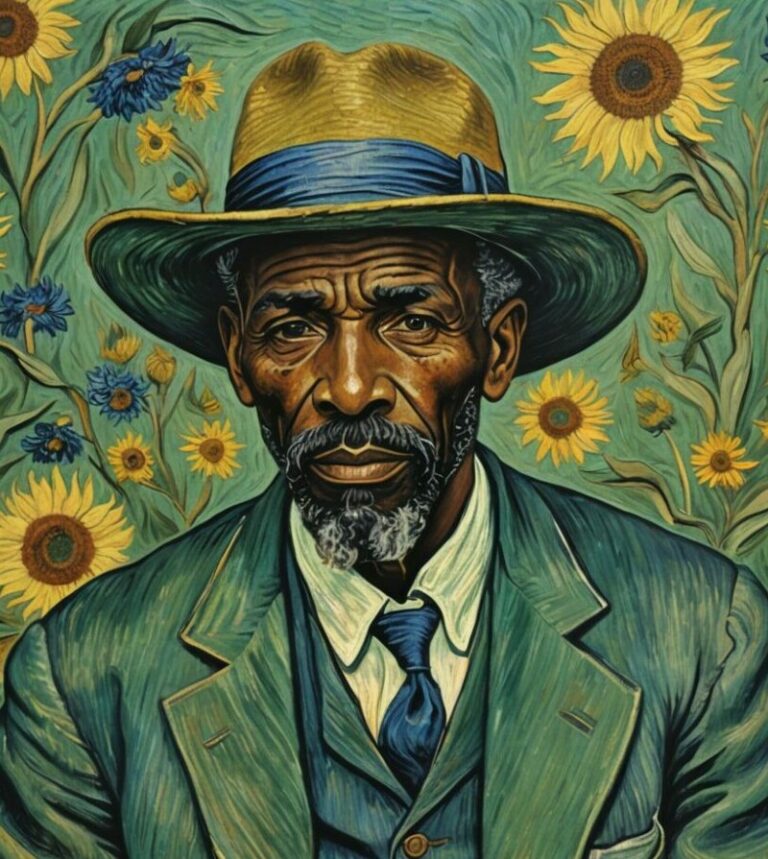10 Tips For Creating Stunning Digital Artworks
Getting the basics down is like putting together the frame of a house before decorating. A solid foundation will help your artwork stand out and feel complete. So, let’s look at some key elements to focus on when you start.
Color theory sounds like art class jargon, but it’s super important. Knowing how colors interact can make or break a piece. Think about complementary colors, color harmony, and contrast. These can turn a dull image into something that pops.

Drawing skills are next up. It might be tempting to jump straight into the fun stuff, but nailing those fundamental drawing techniques is crucial. This means practicing things like proportions, anatomy, and perspective. It builds muscle memory that will make more complex stuff easier later on.
Layers and masks? Total game changers. Layers let you work on different parts of your image separately, which means you can make adjustments without messing up everything else. Masks are great for editing specifics without making permanent changes. Both tools give you massive flexibility and save a ton of time on revisions.
A strong composition ties everything together, guiding the viewer’s eye and telling a story. It’s about placement and balance. Think of the rule of thirds, leading lines, and focal points. A good composition makes your art feel more professional and engaging from the get-go.
Choosing the Right Tools and Software
Picking the right tools can feel like wandering through a candy store – so many options, all promising to be the best. But don’t worry, I’ve got some pointers to make things easier.
First up, software. Adobe Photoshop is a go-to for many digital artists because it’s versatile and packed with features. Procreate, on the other hand, has a more intuitive interface and is great for iPad users. There’s also Clip Studio Paint, which is excellent for comic and manga artists. Test out a few to see what fits your workflow best.
When it comes to hardware, having a good tablet can make a world of difference. Brands like Wacom offer high-quality tablets that are well-loved in the art community. If you prefer working on the go, an iPad Pro with an Apple Pencil is a solid choice. The responsiveness and pressure sensitivity of your stylus are pretty much as important as the software you use.
Customizing your brushes can really enhance your style and efficiency. Most software allows you to tweak brushes or even create your own. Spend time experimenting with different brush settings like opacity, shape, and texture to find what suits your art best.
And let’s not forget about plug-ins and additional resources. Many artists use these to speed up their workflow or add special effects. Websites like DeviantArt and Gumroad offer tons of free and premium brushes, textures, and other assets that can help you push your artwork further.
Advanced Techniques to Elevate Your Art
Textures and patterns can add incredible depth to your work. Instead of a flat color, try using different textures to bring your art to life. It can be anything from the roughness of a rock to the smoothness of a silk fabric. Adding subtle patterns can also give your pieces an extra layer of interest.
Light and shadow play a huge role in creating dimensionality. Think about how light naturally falls on objects and practice different light sources. Harsh light can create drama, while soft light can give a more serene feel. Shadows add depth, indicating the form and space in your art.
Perspective is all about making your drawing appear three-dimensional on a flat surface. It’s a bit of a brain workout at first, but once you get the hang of one-point, two-point, and three-point perspective, your compositions will feel more real and dynamic.
Creating dynamic and emotive characters isn’t just about technical skills; it’s about storytelling. Think about the emotions, actions, and background of your characters. How would they react in different scenarios? This can breathe life into your art, making it connect better with viewers.
Developing Your Unique Style and Growing Your Portfolio
Finding your own style is like discovering your artistic fingerprint. Don’t stress if it doesn’t come overnight. Look for inspiration in everything – other artists, nature, movies, music. Over time, these influences blend with your unique perspective.
Keeping your motivation up can be tricky. Art blocks happen, and it’s okay to step back. Sometimes a change of scenery or trying a different medium can spark new ideas. Joining art challenges or communities can also provide a little kick when you’re feeling stuck.
A cohesive portfolio shows potential clients or employers the range of your skills and your style. Include your best work first and make sure everything feels connected. Variety is important, but so is consistency in quality and theme.
Feedback is gold. It can be tough hearing critiques, but consider it as a tool for growth. Accept constructive feedback and learn from it. Don’t be afraid to ask for opinions from peers and mentors – they can offer valuable insights you might not have considered.
Marketing your art is how you get it in front of the right eyes. Use social media platforms like Instagram, Twitter, and ArtStation to showcase your work. Engage with other artists and potential clients. Building a presence online can open doors to collaboration, commissions, and more.

